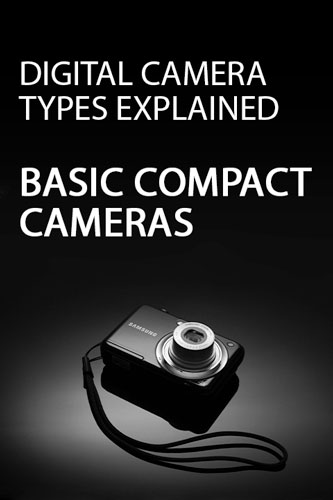Digital Camera Types Explained – Basic Compact Cameras
There are a wide range of compact cameras with fixed (not interchangeable) lenses, they can broadly be classified into four groups - Basic, Advanced, Superzoom, and Large sensor compacts. I'll start by covering the basic compacts. I'll look at their quirks and how they compare to other cameras, what types of photography they're particularly good for, and what they're not so good for.
Basic compact cameras tend to be relatively cheap, and don't offer a great deal of control over their operation. They may offer settings such as portrait mode, or night mode, but most models won't let you directly set the ISO, aperture, or shutter speed.
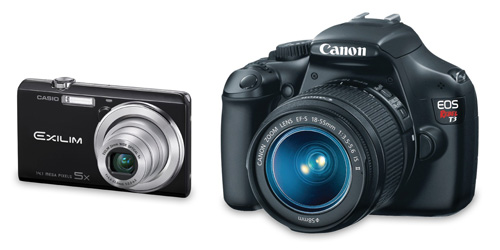
Casio EX-ZS10 compact camera size compared to the Canon Rebel T3 DSLR camera
The lack of advanced control can limit your creativity. However, if you see it as a challenge to try and get great shots with a limited camera, it may actually get you thinking more creatively.
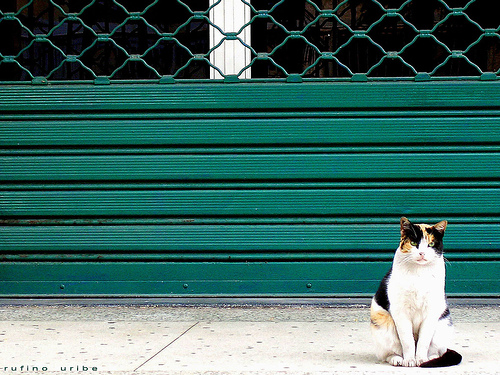
vigilante gatuna by ruurmo on flickr (licensed CC-BY-SA)
Compact cameras nearly all have zoom lenses, though often they do not start at a particularly wide angle, e.g. a starting focal length equivalent to 30-36mm is common on many compacts. This means that you need to be further away from your subject to fit it in the frame than you would with a more advanced compact camera or an interchangeable lens camera with a wide angle lens.
It also means that you can't get the 'wide angle effect' (rectilinear distortion) on your photos unless you want to take multiple photos and stitch them together on the computer. Mind you, some newer cameras include this ability in camera.

L♥ve by Juliana Coutinho on flickr (licensed CC-BY)
The lenses on compact cameras also tend to be 'slow', i.e. they have a small widest aperture such as f/4 or f/5.6. This means they are not so good for low light situations, compared to a camera with a faster lens that lets in more light, e.g. with a widest aperture of f/2.
Small sensors are used in compact cameras to keep both the size and cost of the cameras down. Unfortunately, this means that the cameras' image quality suffers compared to cameras with larger image sensors, particularly in low light. In good light though, most compacts produce decent quality images good enough for relatively large prints.
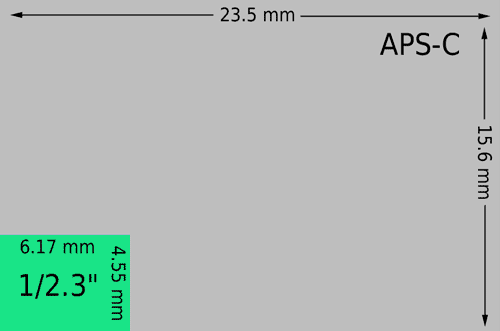
1/2.3" size sensor used in many compact cameras compared to APS-C sized sensor used in many DSLRs and MILCs
The small sensor also has another negative effect on image quality, which is that of dynamic range. This means that highlights will blow out with no detail sooner than they would on a camera with a larger image sensor. Likewise, details in the shadow areas get lost earlier than they do on cameras with larger sensors.
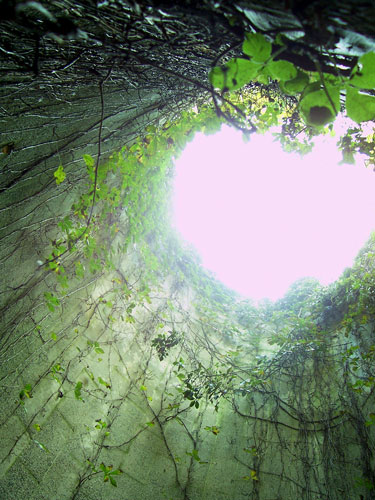
bottom of the sylow by erin leigh mcconnell on flickr (licensed CC-BY)
The large majority of compact cameras feature an electronic shutter, as opposed to a mechanical shutter, used in most DSLRs and more expensive cameras. This is actually a benefit, as an electronic shutter is silent, and can be used for more discreet photography, such as street photography.
Waterproof and shockproof compact cameras are also available. Compared to the cost of purchasing an underwater housing for a DSLR, waterproof compacts seem like a bargain. And while you might be wary of bringing a heavy and expensive DSLR + lens rock climbing with you (though people do), a shockproof compact camera might be a much safer and less risky bet.
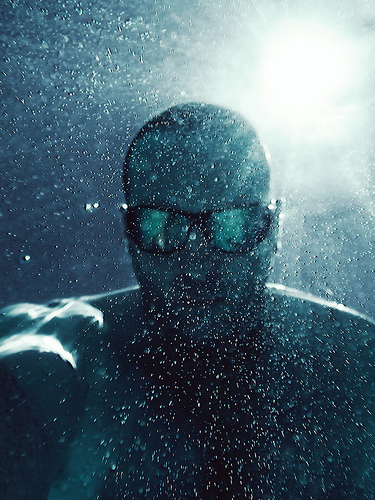
220111 22-365 Spacedust by Nico Nelson on flickr (licensed CC-BY)
There is a lack of accessories for basic compact cameras, other than maybe cases or colored lanyard straps. While it can be possible to use photographic filters (such as a polariser) and off-camera flash with a basic compact camera, it is typically quite tricky and not convenient. The cameras are just not designed to be used with these sorts of accessories.
Advantages- Small
- Lightweight
- Discreet
- Waterproof and shockproof models available
- Reasonable zoom range covered
- Decent image quality in good light
- Lack of creative control on some models
- Can't get a shallow depth of field except for macro subjects due to small sensor
- No real wide angle on many models
- Performance suffers in low light levels
- Image quality not as good as cameras with larger image sensors in good light
- Slow autofocus compared to more expensive models
To sum up, a basic compact camera can make a good truly pocketable camera with reasonable image quality. However, with the image quality of phone cameras constantly improving, if you already have a phone with a built-in camera, the improvement in image quality a basic compact offers may not be enough to justify the price.
